Darcie Wadycki can walk by a home in her neighborhood and knows who lives there 80 percent of the time – something not many Chicago residents can say about their neighbors.
A couple blocks south of the Irving Park Blue Line stop sits a quaint neighborhood containing avenues lined with beautiful trees, old-fashioned street lamps and houses that have maintained their original architecture since the early 1900s.
Near that area is a colorful mural that reads: “A country home within 15 minutes of the city.”

The Villa, the name given to the subdivision by some of its original developers, is not known to many outside of that area but has earned a spot in the National Register of Historic Places and other prestigious titles because of the area’s rich history and unique atmosphere.
This year marks the 30th anniversary of the Villa being named a Chicago Landmark. The Villa received the acknowledgement for its exemplification of the cultural, economic, social and historic heritage of the city, according to the Landmark Commission.
Its distinctive architectural style also had a huge part in the Villa being a designated landmark district.
“The Landmark Commission was established to identify and protect important buildings,” said Tom Drebenstedt, a Chicago Architecture Foundation member who is familiar with the area and the architects behind the century-old homes.
Clarence Hatzfeld is one of the architects for some of the 126 homes in the area. Hatzfeld mainly focused on prairie-style architecture and earthy colors for homes, which created areas that felt like they were in the country.
Hatzfeld took part in the Arts and Crafts movement, which emerged during the 1890s. Anxieties about industrial life led designers to create environments that didn’t feel mechanical, since jobs were being taken over by machines.

“The idea of establishing large green spaces was really about bringing nature into the city,” Drebenstedt said. “The whole Arts and Crafts movement was about getting back to nature and rebelling against the Industrial Revolution.”
Two of the other prominent architects for the Villa were Albert Haentze and Charles M. Wheeler. Those two were responsible for making the lots for the homes 50 feet wide, double the normal size for a Chicago lot, Drebenstedt said.
One of the Hatzfeld homes on the 3600 block of North Harding Avenue still has the original design that was painted on the ceiling in one of the rooms of the home.
“You can see a coal bucket and shovel in the fresco on the ceiling, which was the family crest of the [original owners],” said Katharine Wolanyk, current owner of the home. Wolanyk and her fiancé, Chris Floyd, have lived in the house for 11 years and are the third owners of the property.
Wolanyk said the original owners were the Drymalski family, and that many of their relatives lived in the neighborhood as well.
Perhaps it’s because extended families originally inhabited some of the homes, or it’s the charming environment the area still creates today, but within the district is an everybody-knows-everybody type of community.
“It’s a really active association,” said Ruth Mugalian, homeowner and member of the Villa Improvement League. “The minute you move in there’s a welcoming committee. They invite you over and give you a book and directory. We have a holiday party for the kids and a picnic every year. We just show how great of a place it is to live in.”
The “book” that Mugalian referenced consists of 192 pages with information about the Villa’s history and each home in the district. Every home has its own page, containing a picture of the house and the names of all owners of the property up to 1997, thus helping new residents get to know those that live around them.
One of the book’s authors is Wadycki. She is considered the Villa historian by some of the neighbors, which is partly why she knows so many of the residents.
Wadycki has lived in the neighborhood since 1976, when she moved into a fully furnished home that never technically went on the market.
“We lived close by,” she said. “And we’d drive by and say, ‘Oh if only we could live in this really cute place, with all the people in the parkways and the sun shinning on the trees and the pretty houses.’”
Fortunately for Wadycki, the owners of her home at the time were willing to sell without negotiating, and Wadycki and her husband moved in within four months.
Other neighbors noted the close transportation to get into the city and suburbs as reasons why they were first drawn to the area.
“We have the ‘L’ and Metra train lines right here,” said Mike Webster, Villa resident of five years. “You can walk to everything that then gets you into the city. It’s great.”
The Villa and its homeowners association offer a tour around the neighborhood four times a year to people who want to learn more about its unique architecture and friendly atmosphere.
“We’re the first neighborhood to do walking tours trained by the Chicago Architecture Foundation,” Wolanyk said. “The original idea was a way to invite back residents that have moved away.”
The tour includes the interior, exterior and gardens of homes that have been selected based on certain characteristics.
One of the homes known for its gorgeous garden belongs to residents Michael and Cici Harmon, who have lived in the Villa just under a year.
The couple has done a lot of work in the backyard, adding colorful flowers, shrubbery and a patio with a fire pit to create a welcoming environment.
“We love how big the lots are,” Cici said. “We love gardening and the mature trees in this area are just so beautiful.”
The couple hosted an impromptu bonfire the night of Halloween, attracting neighbors to warm themselves up.
“Halloween is a big deal here,” Mugalian said. “One of the neighbors had a party for all of the kids and we all stayed once things started petering out and kids went to bed.”
Wadycki wasn’t around for most of the evening, saying that she only caught the end of the activities on her walk home.
“I was walking through other neighborhoods to get home and thought ‘Well, Halloween must not be big this year,’’’ she said. “But then I got to our sub and saw numerous houses with bonfires out front or major decorations in the front yards and gobs and gobs of children everywhere. People filled the streets.”


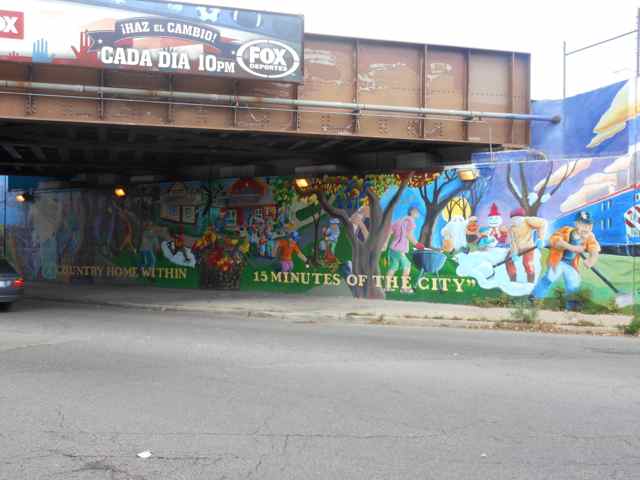










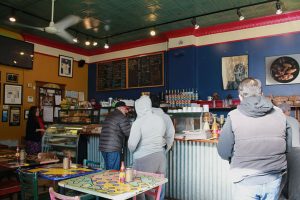

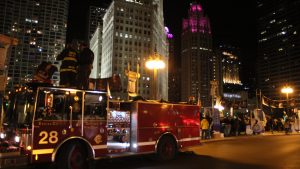
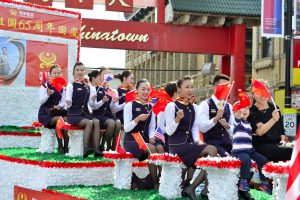
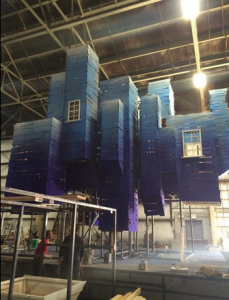
Be First to Comment